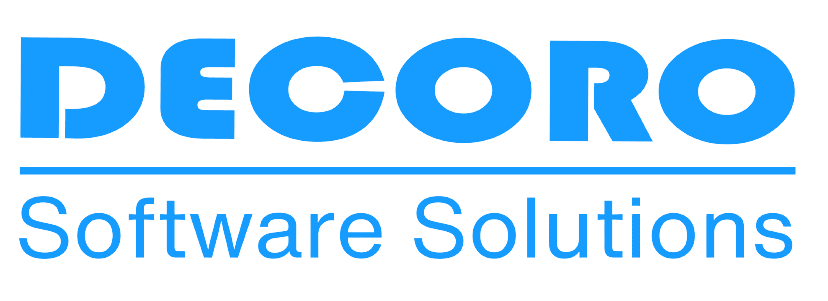Software Development Life Cycle (SDLC) is a framework that clearly describes all the steps included in software development at each phase. It involves the complete plan for planning, requirement, developing, deploying, and maintaining the software. In layman’s language, SDLC specifies the whole cycle of software development. It includes all the steps involved in planning, creating, testing, and deploying a Software Product.

In this guide, you will come to learn about Software Development Life Cycle (SDLC), its process, purpose, and phases. So, let us get started;
Software Development Life Cycle Process
Software Development Life Cycle is a method that explains all the steps involved in the development of prime-quality software. Moreover, the SDLC incorporates the overall life cycle of software from beginning to end. Complying with the SDLC process drives the development of the software in a systematic and disciplined manner.
Software Development Life Cycle Purpose
The purpose of the SDLC is to produce a high-quality software product that is rich in quality. Moreover, if we talk about the phases of the Software Development Life Cycle (SDLC), include the;
- Requirement gathering and analysis
- Design
- Implementation or coding
- Testing
- Deployment
- Maintenance
It is extremely important to follow the SDLC phases to provide the software product in a well-organized manner.
For instance, let us suppose software needs to be developed and a team of professionals is assigned to work on it, and they are free to work as they want. Now, one of the developers decides to design first, whereas another one decides to code first. It can lead the software project to failure, and this is why you need SDLC to keep things on track.
Software Development Life Cycle Phases
SDLC Cycle describes the steps of software development. On the other hand, the following are the phases of the SDLC:
- Requirement gathering and analysis
- Design
- Implementation or coding
- Testing
- Deployment
- Maintenance
Requirement Gathering and Analysis
This is the initial phase of the Software Development Life Cycle (SDLC). During this phase, all the relevant and required information is gathered from the client in order to meet the expectations of the client. All the doubts must be cleared in this phase of the SDLC only.
To get better clarity about the software product, business analysts and project managers set up a meeting with the client to get all the information about the product. Once everything is clear from the client side, the team jumps to the next phase of the SDLC.
Design
In this stage, the requirement collected in the Software requirement specification document is used as input, and the software architecture that is used for executing system development is derived.
Implementation of Coding
The implementation and coding begin when the software developers get the design document from the software designer. The Software design is translated into source code. Moreover, all the elements of the software are implemented in this phase.
Testing
Once the coding is completed, the software developer releases the modules for testing. Therefore, software testing is the next big thing that is performed by the software tester. Moreover, in this phase, the developed software product is completely tested by the software tester. And, if he found any issues, they would again be assigned to the software developer to get them fixed.
Deployment
Once the software product testing is done, the next mountain that you need to climb is UAT (User Acceptance testing). It is a kind of practical testing to make sure that the software product matches the customer’s expectations.
In this case, a copy of the production environment is developed and real-time testing is performed by the client along with developers.
Maintenance
The final step in the Software Development Life Cycle (SDLC) after the deployment of the software product is the maintenance of the product. If the software needs any maintenance or improvements after the delivery of the software, it will be taken care of by software developers.
Final Takeaways
After reading this guide, we hope now you can understand the importance of the Software Development Life Cycle (SDLC). It is ultimately necessary to adhere to the SDLC for the successful development of the software product.
However, there are different SDLC models and every model has its own pros and cons. Therefore, if you want to build a mobile application or software for your business, we recommend you choose the best mobile app development company.
